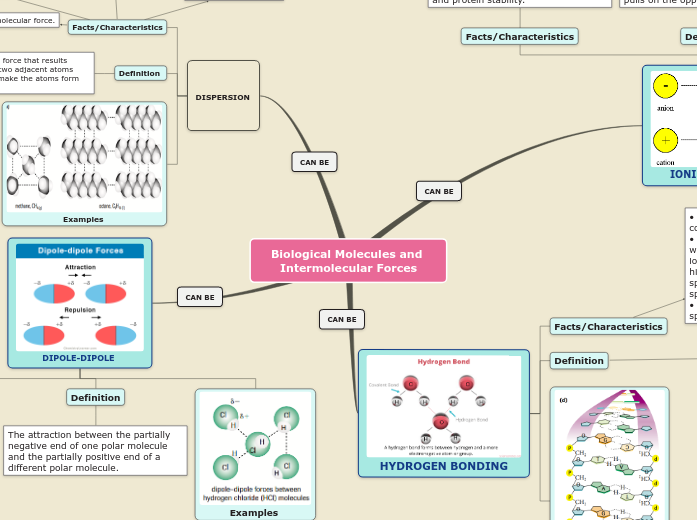przez Osalumese Ikpotokin 10 miesięcy temu
150
Biological Molecules and Intermolecular Forces
This is a sample mind map

przez Osalumese Ikpotokin 10 miesięcy temu
150

Więcej takich